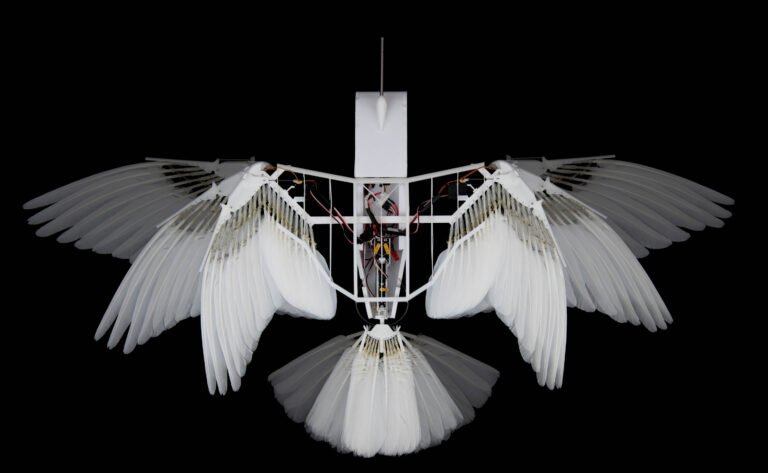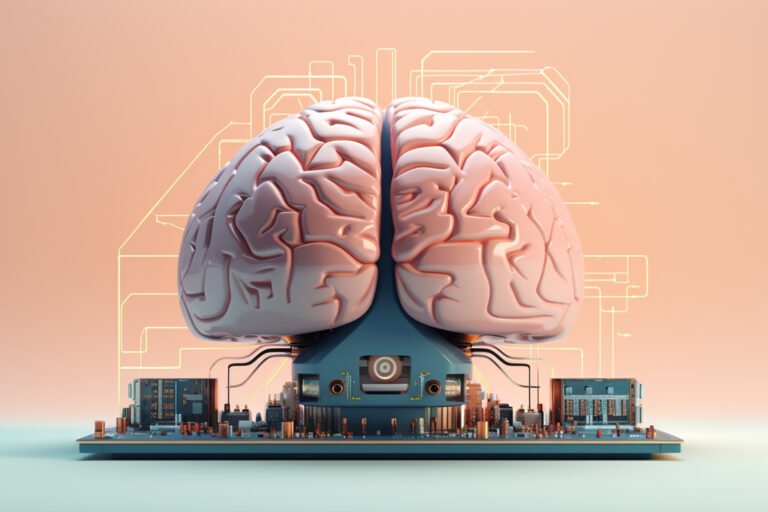Is This The Future Of Computers? World’s First Computer Powered By Human Brain Cells!
An Australian startup Cortical Labs, has revealed a groundbreaking innovation the world’s first commercial biological computer powered by living human brain cells. The launch of this computer, known as the CL1, was made at the prestigious Mobile World Congress in Barcelona. This revolutionary technology has the potential to reshape our understanding of computing and open doors to previously unimaginable possibilities.
The Innovation Behind CL1
Cortical Labs has successfully combined biology with technology, creating a system where living human brain cells are used to power a computer. The CL1 is described as a “body in a box,” where biological cells are placed on a microchip and trained to respond to electrical stimuli. This setup allows the cells to interact with their environment, essentially “thinking” and making decisions based on stimuli—mimicking the way the human brain processes information.

Potential for Revolutionizing Technology
The CL1 marks a significant milestone in the evolution of computers. Traditional computers are powered by binary code and silicon chips, but by utilizing biological cells, the CL1 opens the possibility for more adaptive, intelligent, and energy-efficient machines. Unlike conventional computing, biological computers like CL1 could potentially learn from experience and improve their functioning over time.

What This Means for the Future
While this technology is still in its early stages, it could have far-reaching implications. Experts predict that biological computing may eventually play a vital role in medicine, artificial intelligence, and even solving complex problems that current technology struggles to address.

Cortical Labs’ biological computer is a true fusion of biology and technology, and its successful creation could inspire more advancements in both fields. For now, we can only wonder how this “body in a box” will transform the future of computing.







